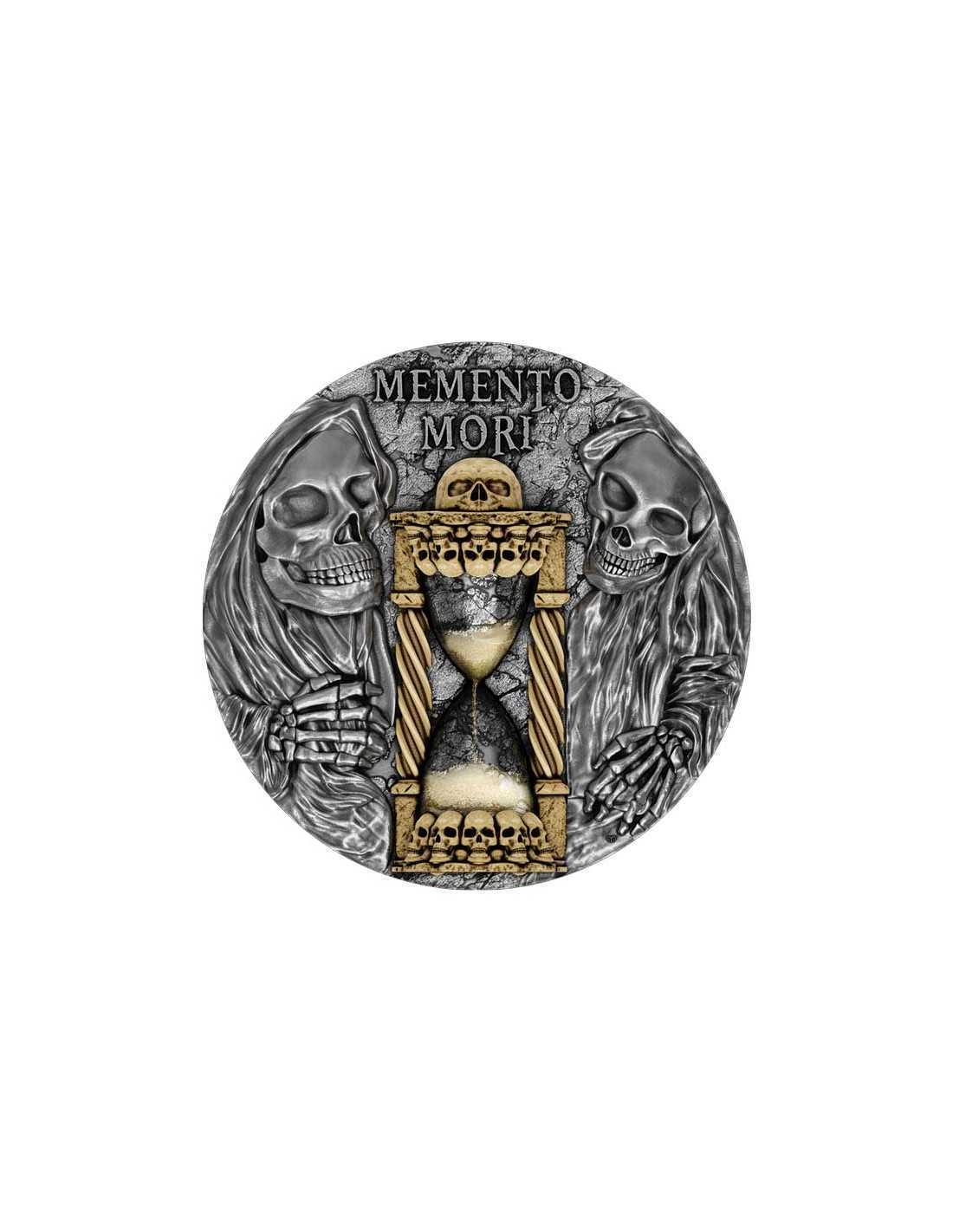


#MOMENTO MORI FULL#
The famous passage from chapter 1 of Ecclesiastes on the fleeting and impermanent nature of our mortal life is cited as the inspiration for this morbid art.Ģ Vanity of vanities, saith the Preacher, vanity of vanities all is vanity.ģ What profit hath a man of all his labour which he taketh under the sun?Ĥ One generation passeth away, and another generation cometh: but the earth abideth for ever.ĥ The sun also ariseth, and the sun goeth down, and hasteth to his place where he arose.Ħ The wind goeth toward the south, and turneth about unto the north it whirleth about continually, and the wind returneth again according to his circuits.ħ All the rivers run into the sea yet the sea is not full unto the place from whence the rivers come, thither they return again.Ĩ All things are full of labour man cannot utter it: the eye is not satisfied with seeing, nor the ear filled with hearing.ĩ The thing that hath been, it is that which shall be and that which is done is that which shall be done: and there is no new thing under the sun.ġ0 Is there any thing whereof it may be said, See, this is new? it hath been already of old time, which was before us.ġ1 There is no remembrance of former things neither shall there be any remembrance of things that are to come with those that shall come after. This artistic motif was particularly popular among Dutch Golden Age artists of the 16th and 17th centuries. The three essentials of existence: life, death, and time.Īnother sub-genre of memento mori art is called vanitas. Still Life with a Skull by Philippe de Champaigne, 1671. Not only would these paintings of skulls and skeletons look badass hanging in your home, they can also help remind you that you’re dying daily, encourage you to quit wasting your life away on stupid stuff, and motivate you to start living the life you want NOW. Devout Christians would often ask that their tomb or grave marker have some sort of skeleton motif on it to remind their visiting family members to get right with God before they too bit the dust.īelow, I’ve put together a collection of famous memento mori artwork. Churches would display memento mori art to compel viewers to meditate on death, reflect on their lives, and re-dedicate themselves to preparing to meet God. To help men remember death, artists created paintings, sculptures, and mosaics depicting skulls, skeletons, and other symbols of death. Our culture is devoted to perpetuating the lie that you can stay young forever and your life will go on and on.īut for men living in antiquity all the way up until the beginning of the 20th century, rather than being a downer, death was seen as a motivator to live a good, meaningful, and virtuous life. It’s a bit too depressing and morbid for our think-positive sensibilities. Us moderns don’t like to think too much about death. As the general basked in the glory of the cheering crowds, the servant would whisper in the general’s ear: “ Respice post te! Hominem te esse memento! Memento mori!” = “Look behind you! Remember that you are but a man! Remember that you will die!” Memento mori is Latin for “Remember death.” The phrase is believed to originate from an ancient Roman tradition in which a servant would be tasked with standing behind a victorious general as he paraded though town. With all the ghosts and goblins decorating homes these days, I figured it’s a great time to talk about one of my favorite genres of art: memento mori. In case you’ve forgotten, Halloween is this Wednesday.


 0 kommentar(er)
0 kommentar(er)
